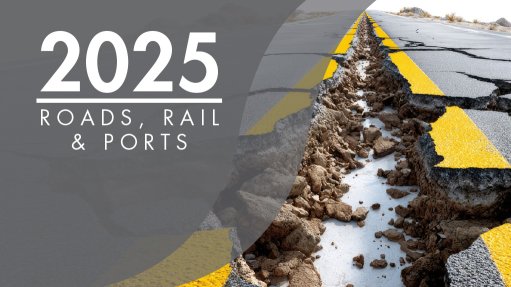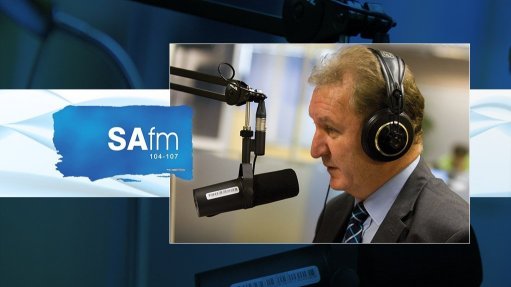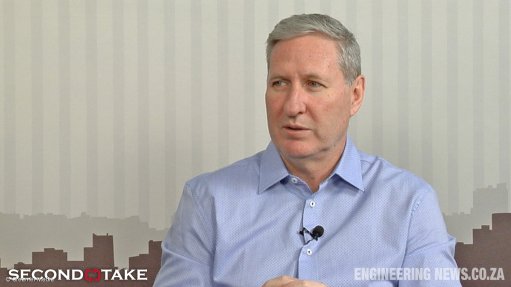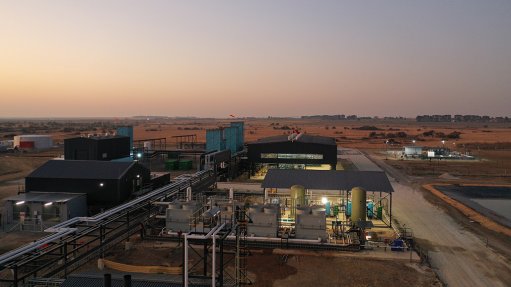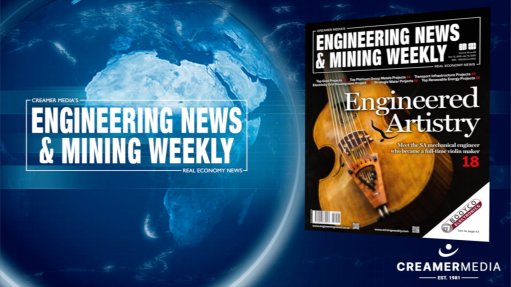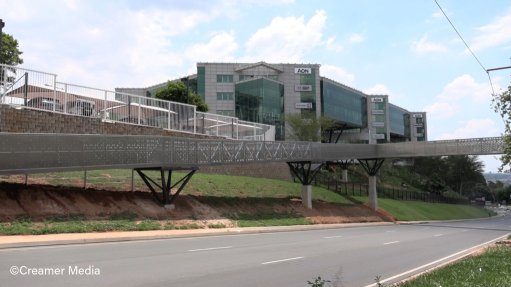Why AI will never truly understand machines — and why that matters
This article has been supplied.
(Virtual Showroom) Cutting-edge technology and solutions powered by artificial intelligence (AI) are embraced by specialist condition monitoring company, WearCheck, where the extreme accuracy of data used to assess and diagnose machine health is paramount.
However, it is important that certain diagnostic responsibilities are not just assigned to AI tools without considering the need for human intervention and experience, warns Annemie Willer, manager of WearCheck’s ARC (asset reliability care) division.
‘We keep hearing worrying claims from industry stakeholders and customers’, says Willer, ‘that if you throw enough data from vibration, oil, thermography, process sensors, ultrasound, and AE (acoustic emission) into an AI system, it’ll somehow converge into a perfect picture of machine health, complete with the exact corrective action to take.
‘It’s a nice idea. In fact, it sounds like the future. But I don’t buy it,’ she says.
‘Importantly, this is not because I’m anti-technology — quite the opposite, in fact. I’ve worked in diagnostics long enough to see the value of every tool we have. But I’ve also been around long enough to know this: machines don’t behave according to theory. And AI doesn’t understand that.
‘For example, I keep encountering the myth of “convergence” — the idea that all condition monitoring technologies can fuse into one holistic truth, which assumes that machines behave in predictable, repeatable ways.
‘But they don’t.
‘You can install ten pumps from the same OEM, running under the same process conditions, in the same plant, with the same lube, and still... they won’t age the same. One might run clean for six years. Another might seize up in eight months. And no amount of sensor data is going to tell you why - not reliably.
‘Why? Because machines are not clones. They're flawed. They are manufactured to tolerance, not perfection. Machined surfaces differ microscopically, and assembly is never identical. And once you add human hands, production targets, rushed shutdowns, and midnight shift decisions into the mix — good luck feeding that into an algorithm!
‘It is important to take the real-world situation into account when assessing an asset. AI relies on data, but data only captures what the sensors see — not what the human maintainer did when nobody was watching. It does not record the subtle looseness that a technician "felt" but didn’t log. It does not register the fact that someone topped up the wrong grease, or skipped torque checks, or ran a fan uncoupled for three minutes at startup.
‘No historian records that. And without that real-world information, AI is flying blind on the stuff that actually causes most failures.
‘I believe that every condition monitoring technology has its place — and its limits. For example, vibration monitoring tells us about mechanical behaviour; oil analysis identifies lubricant condition and contamination; thermography picks up heat and load imbalance, AE and ultrasound testing give early warnings of friction, turbulence, or sparking; and process data provides the operating context — but not the root cause of failure.
‘These monitoring techniques and their test results don’t converge neatly. They weren’t designed to. One doesn’t combine them to get a better truth — rather, they should be compared to demonstrate different perspectives. That’s what makes condition monitoring powerful: it’s a team effort, not a solo act.
Can we rely on AI?
‘AI is useful,’ insists Willer, ‘just not the way that the vendors keep claiming. It can spot changes over time. It can rank the risks, it can filter out noise and highlight anomalies - all of this is valuable.
‘Importantly, however, AI cannot know the history of every shaft and housing. It cannot understand why a lube change worked for one gearbox and not the next.
It cannot interpret subtle mechanical behaviour that only a human technician would notice, and it cannot predict how different people on different shifts handle the same piece of equipment.
‘In other words — AI can help one find where to look, but not what to do when you get there.
‘I have always told our customers that machines are messy, and that this is not a problem, it is merely the reality. Here’s the truth: machines have personalities. Not literally, of course, but in how they wear, respond, and behave under pressure. And a lot of that has nothing to do with engineering design or process control. It has to do with maintenance history, human touch, and physical realities that no AI-powered model — however sophisticated — can learn.
‘The idea that AI will converge all technologies into one correct decision ignores this complexity. It reduces the craft of diagnostics to a logic problem, when in truth, it’s part science, part art, and always tied to context.
Willer concludes, ‘Let AI support us. Let it help us scale, see patterns, and work smarter. But let’s stop pretending it can replace understanding — or diagnose machines like a seasoned engineer can. Because machines don’t live in the cloud. They live in the real world. And in the real world, convergence isn’t the goal. Clarity is.’
Article Enquiry
Email Article
Save Article
Feedback
To advertise email advertising@creamermedia.co.za or click here
Comments
Press Office
Announcements
What's On
Subscribe to improve your user experience...
Option 1 (equivalent of R125 a month):
Receive a weekly copy of Creamer Media's Engineering News & Mining Weekly magazine
(print copy for those in South Africa and e-magazine for those outside of South Africa)
Receive daily email newsletters
Access to full search results
Access archive of magazine back copies
Access to Projects in Progress
Access to ONE Research Report of your choice in PDF format
Option 2 (equivalent of R375 a month):
All benefits from Option 1
PLUS
Access to Creamer Media's Research Channel Africa for ALL Research Reports, in PDF format, on various industrial and mining sectors
including Electricity; Water; Energy Transition; Hydrogen; Roads, Rail and Ports; Coal; Gold; Platinum; Battery Metals; etc.
Already a subscriber?
Forgotten your password?
Receive weekly copy of Creamer Media's Engineering News & Mining Weekly magazine (print copy for those in South Africa and e-magazine for those outside of South Africa)
➕
Recieve daily email newsletters
➕
Access to full search results
➕
Access archive of magazine back copies
➕
Access to Projects in Progress
➕
Access to ONE Research Report of your choice in PDF format
RESEARCH CHANNEL AFRICA
R4500 (equivalent of R375 a month)
SUBSCRIBEAll benefits from Option 1
➕
Access to Creamer Media's Research Channel Africa for ALL Research Reports on various industrial and mining sectors, in PDF format, including on:
Electricity
➕
Water
➕
Energy Transition
➕
Hydrogen
➕
Roads, Rail and Ports
➕
Coal
➕
Gold
➕
Platinum
➕
Battery Metals
➕
etc.
Receive all benefits from Option 1 or Option 2 delivered to numerous people at your company
➕
Multiple User names and Passwords for simultaneous log-ins
➕
Intranet integration access to all in your organisation







